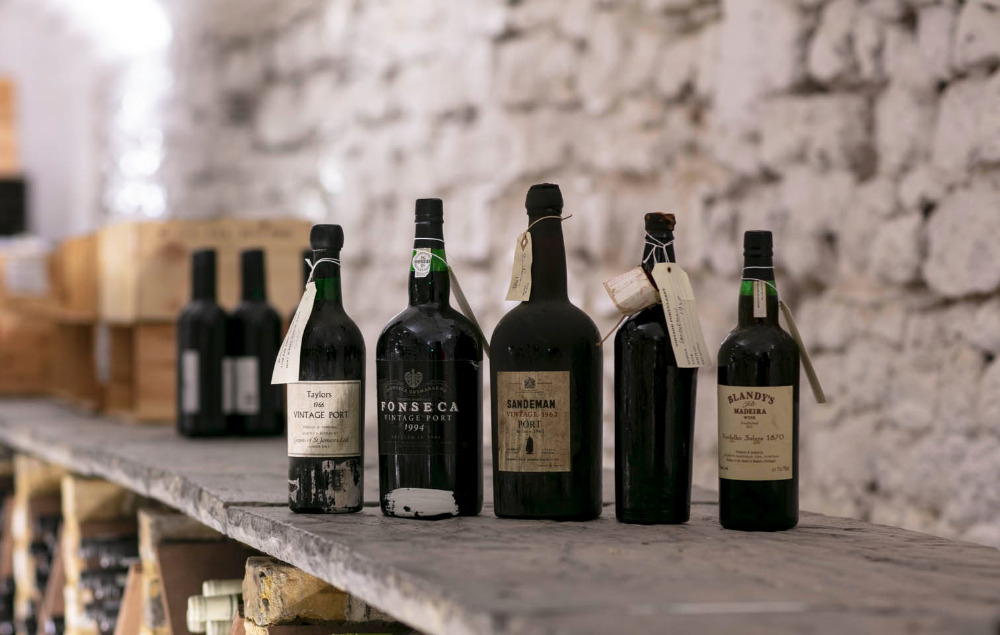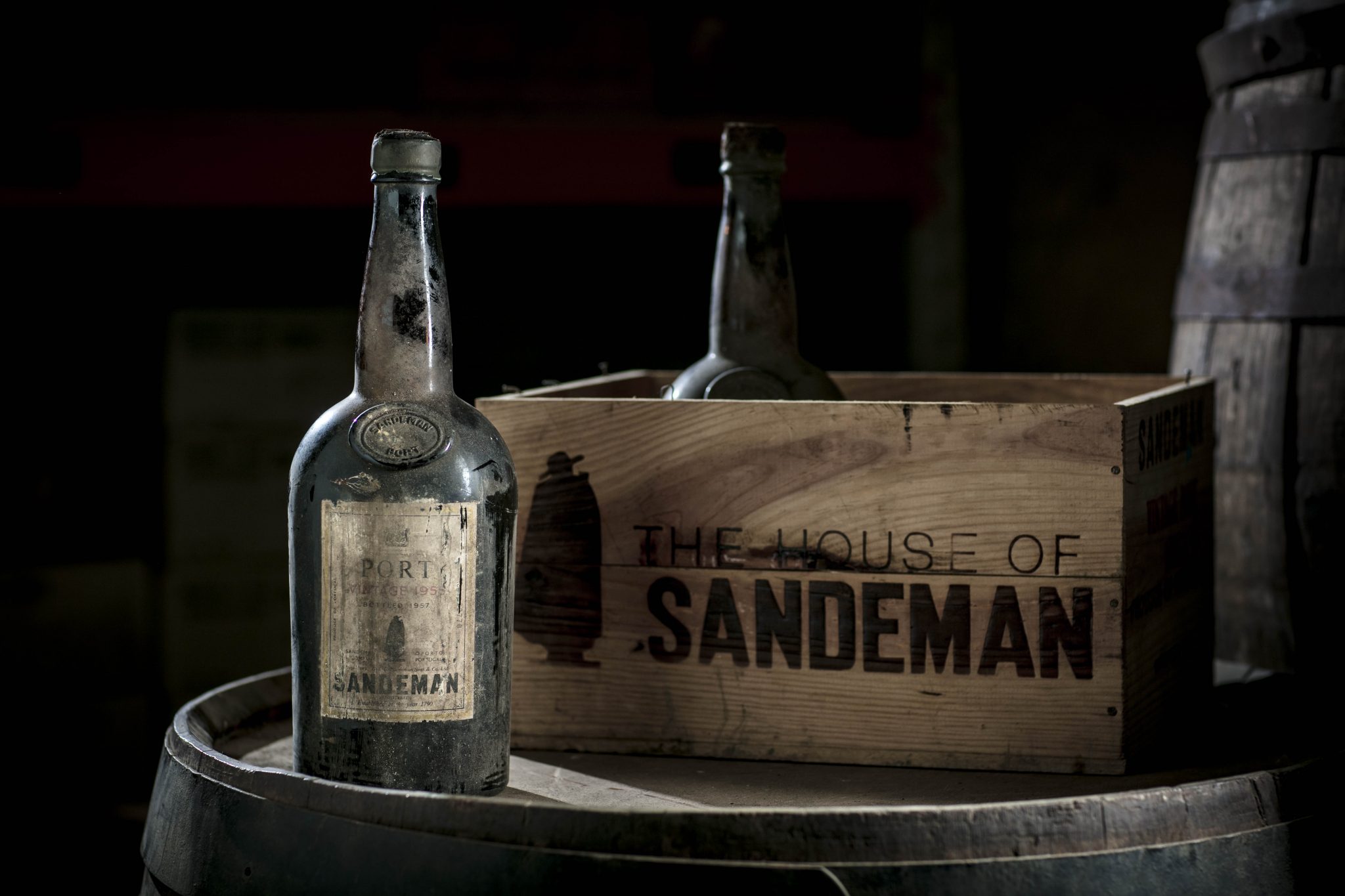Would you like to understand more about Port? The various styles, how it is made and when to drink it? Our 150 years as wine shippers have made us experts in this famous Portuguese, fortified wine.
What is Port?
Port is a delicious sweet wine made with a unique blend of Portuguese indigenous grapes. It is made in the Douro valley, famous for its steeply terraced vineyards with schist soil. The Baico Douro and the Upper Douro are the most prestigious areas but today the Douro Superior, the hottest section which runs up to the Portuguese/Spanish border, is a new source of brilliant Ports. The main grapes used are Touriga Nacional, Touriga Franca, Tinta Roriz (Tempranillo), Tinta Barroca and Tinto Cão but there are over 50 varieties that can be used.
How is Port made?
Traditionally, grapes are trodden by foot in thigh-deep granite tanks known as lagares, in order to achieve gentle but complete extraction of colour and tannin and produce deep wines with good structure. Today, many wineries are using mechanical presses and only Premium Ports are made using the traditional foot trodden technique.
During the winemaking process, the yeasts start to convert sugar into alcohol. Once the winemaker has achieved the required alcohol level, a neutral grape spirit called aguardente is added to the wine in order to stop the fermentation and retain a high level of residual sugar.
What are the different styles of Port?
Ruby Port: young Port wines aged in barrel for a short time. They are fruity and ready to drink as soon as they are bottled.
Late Bottle Vintage Port (LBV): made from a single vintage and aged in barrel for 4-6 years before being bottled. They usually have moderate acidity and tighter tannins than ruby and reveal black currant, cherry, chocolate and jammy flavours.
White Port: made with Códega, Malvasia Fina, Esgana Cão, Gouveio, Rabigato, and Verdelho. Always popular in Portugal and increasingly fashionable over here. They are usually fermented dry or off dry and reveal citrus and stone fruit aromas alongside nutty, raisin, and spicy flavours.
Tawny Port: aged for at least seven years in oak barrels, producing wines lighter in body and colour than ruby with toffee, nutty and smoky vanilla aromas alongside blackberry and ripe cherry. They are made by combining several older Port wines together. 10, 20, 30 and 40 year old Ports are commonly used, the oldest revealing developed and deliciously complex aromas.
Vintage Port: made from the best grapes in a ‘declared year’ and aged in barrel for two years only, so the wine will continue to mature in the bottle. They need to be decanted. They are full-bodied, semi-sweet to sweet with concentrated, ripe black and red fruits flavours and chocolate, coffee, fig and smoky notes.
Colheita Port: single vintage Tawny aged for a minimum of seven years in barrel. Most are matured longer and can be kept in oak for up to 50 years.
What is the best food to pair with Port?
Port is the perfect accompaniment for chocolate including cake and mousse – but you can enjoy it with a lot more besides. Ruby Ports are usually drunk as an aperitif alongside pistachio or salted nuts but also pair well with sweet fruits like melon. Try Davy’s Finest Reserve Port
Tawny Ports with their complex aromas go well with nutty flavours as well as caramel cake and also rich and buttery desserts such as crème brulee and apple pies. Old tawny Ports are also an excellent match for matured hard cheeses. Try Quinta da Silveira 10 Years Old Tawny Port.
Vintage Ports are full-bodied and tannic, especially when young. They pair very well with blue cheeses due to their rich texture and strong flavours. Stilton is a classic but Rocquefort or gorgonzola will work just as well. Try 1997 Warre’s Vintage Port.
While they can be enjoyed as an aperitif especially when mixed with tonic with a slice of lemon, white Ports are also great paired with charcuterie and cheeses. Try Graham’s White Port.
How long does port last once opened and can it be kept in a cellar?
Ruby style Port will stay fresh for two weeks and up to a month if kept in a fridge. Tawny Port will keep for about a month especially if stored in a cool dark place and using a vacuum preserver to remove the oxygen.
Most Ports are meant to be enjoyed right away but if unopened and correctly they will keep for a few years. Vintage Ports on the other hand are designed to be aged for a long time. The most prestigious and well-regarded vintage Ports are over 100 years old.




